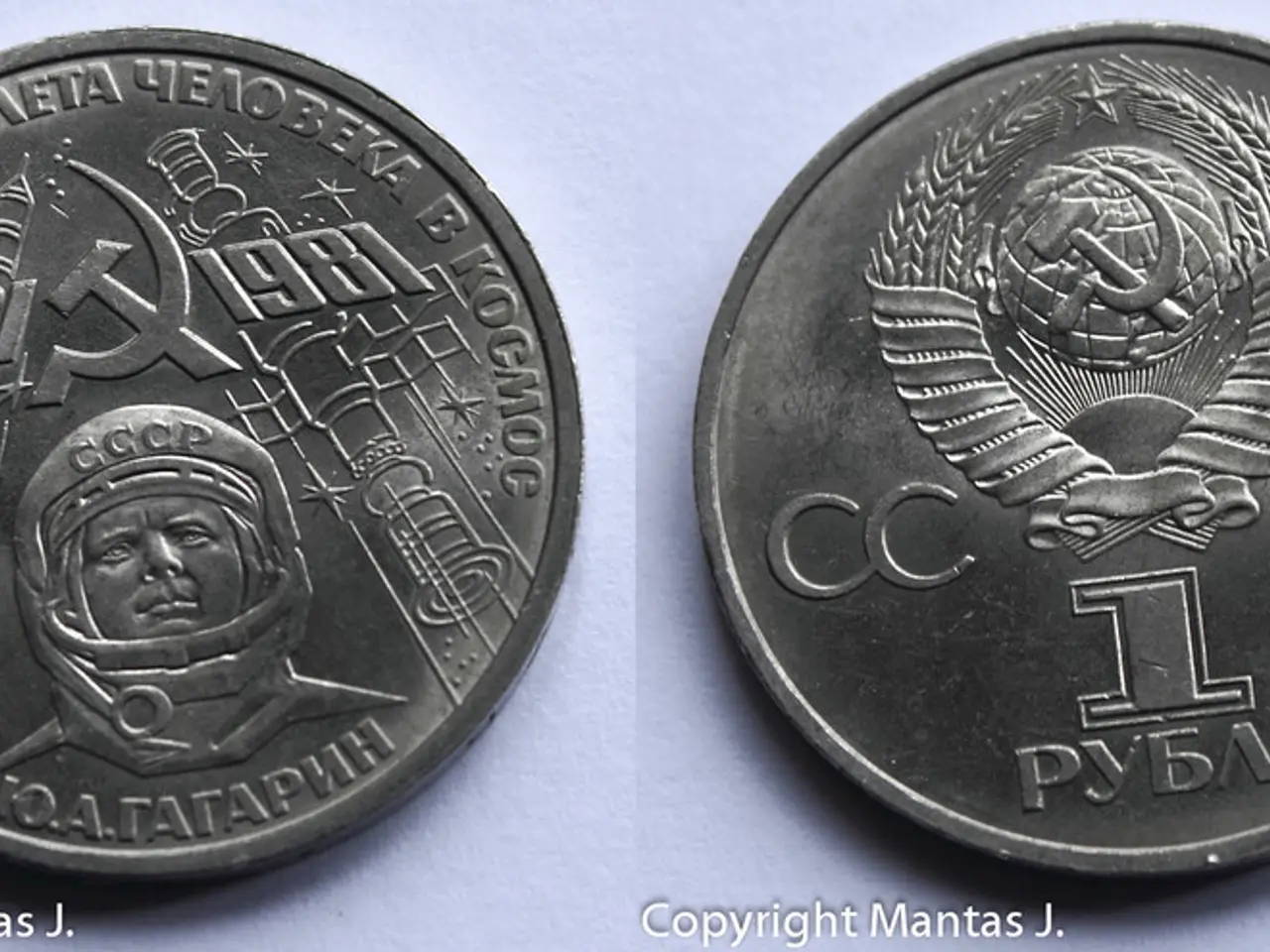Digital asset managers strongly oppose digitized assets
In the realm of global finance, the US dollar continues to maintain its dominant status as the world's reserve currency. However, a growing trend towards diversification and innovation among central banks is causing ripples in the financial world.
Massimiliano Castelli, head of strategy and advice at UBS Asset Management, recently penned an article dismissing reports of the dollar's demise as exaggerated. Central banks, he notes, are increasingly diversifying their reserve assets, with the euro, Chinese renminbi, and gold being the most popular alternatives.
The euro and renminbi, while considered the most viable alternatives, are yet to reach the dollar's level of dominance. The renminbi faces significant obstacles such as capital controls, limited investor confidence, and restricted convertibility, which diminish its appeal as a global reserve currency. Gold, on the other hand, is increasingly accumulated by central banks as a hedge against geopolitical and economic uncertainties, with gold purchases reaching record levels in recent years.
The trend towards Central Bank Digital Currencies (CBDCs) is another significant development. The digital euro, for instance, aims to bolster Europe's monetary autonomy and challenge dollar dominance indirectly. Multi-CBDC initiatives, such as mBridge and Agorá, involve collaborations among various countries to enable direct digital currency exchanges without reliance on US dollar-based financial infrastructure. These projects might reshape global payment systems but face technical and governance hurdles.
The rise of private sector stablecoins, many pegged to the US dollar, adds complexity to the international monetary system. Central banks are responding by advancing their own digital currencies and regulatory frameworks to safeguard monetary sovereignty.
According to Invesco’s 2025 Global Sovereign Asset Management Study, 64% of central banks plan to increase reserves, and over 50% intend to further diversify holdings to manage risk amid economic and geopolitical uncertainty. Central banks have upgraded risk management and reassessed reserve adequacy standards accordingly.
While the US dollar continues to be the default currency, other currencies are striving to earn a higher status. Geoffrey Yu, senior EMEA markets strategist at BNY, posits that other currencies will have to prove their worth to challenge the dollar's dominance.
In conclusion, while no alternative to the US dollar currently matches its global financial role, central banks are diversifying reserves using the euro, renminbi, and gold, alongside exploring digital currency innovations such as CBDCs. This reflects a cautious but clear trend towards hedge-building and innovation as geopolitical and economic uncertainties persist.
- Massimiliano Castelli asserts that reports suggesting the demise of the US dollar are overstated, noting the trend among central banks towards diversifying their reserve assets.
- The euro and the renminbi are the most popular alternatives to the US dollar as reserve assets for central banks, but they have not reached the dollar's level of dominance yet.
- Gold is increasingly being accumulated by central banks as a hedge against geopolitical and economic uncertainties, with recent years seeing record levels of gold purchases.
- The advent of Central Bank Digital Currencies (CBDCs) is a significant development, with projects like the digital euro aiming to bolster monetary autonomy and challenge dollar dominance indirectly.
- Multi-CBDC initiatives, such as mBridge and Agorá, involve collaborations among various countries to enable direct digital currency exchanges, potentially reshaping global payment systems.
- The rise of private sector stablecoins, many linked to the US dollar, increases complexity in the international monetary system, prompting central banks to advance their own digital currencies and regulatory frameworks to safeguard monetary sovereignty.
- Invesco's research indicates that 64% of central banks plan to increase reserves, and more than 50% intend to further diversify holdings to manage risk amid economic and geopolitical uncertainty.
- Central banks have heightened risk management and reassessed reserve adequacy standards as a response to persistent geopolitical and economic uncertainties.
- Other currencies will need to prove their worth to challenge the US dollar's dominance, Geoffrey Yu suggests, as central banks continue to diversify their reserve assets and explore digital currency innovations.




